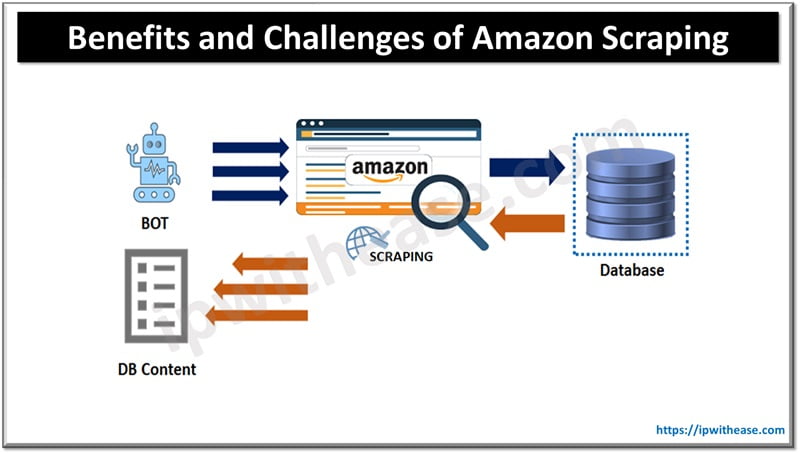Table of Contents
Networks are often the foundation of modern businesses, which is why it’s important to avoid any business-impacting network slowdowns or interruptions. With the increasing use of applications like VoIP, cloud-based ERP systems, firewalls, and more, the demand on optimal network performance is greater than ever, which means that monitoring network performance is more important than ever.
Today, we’ll be giving you an overview of the most important network performance monitoring features to help you easily and efficiently troubleshoot network problems – before they affect your business.

What is Network Performance Monitoring?
Most network engineers or IT specialists will tell you that network performance monitoring is a growing necessity for any business. It refers to the process of measuring and analyzing network metrics to define the quality of services offered by the underlying network. As a general approach, Network performance monitoring measures the service quality of a network, as seen by the end-user.
- It can help you locate and solve network problems before they reach end-users, collect historical data, troubleshoot past problems, and improve the end-user experience overall. Network performance monitoring should be end-to-end and continuous in order to be the most effective, which is why businesses use Network Performance Monitoring solutions to get the job done.
- A monitoring tool will uninterruptedly monitor end-to-end network performance and notify you if problems are detected. Whether you’re a team of single or as many as twenty, you can customize the tool for your needs.
- Network performance monitoring software discovers issues in network anywhere across end to end network path. This becomes more and more important considering SaaS and SD-WAN infrastructures. Traditional network monitoring software do not possess these abilities.
Let’s understand some of these features in more detail!
1) Monitoring Using Synthetic Traffic
Most traditional network monitoring tools measure network performance using a packet capture method, which has to capture and store data to analyze it. A modern network performance monitoring software, continuously monitors and measures network performance using synthetic traffic.
Network Monitoring Agents exchange UDP protocol based traffic to monitor network performance between each pair of Agents. This type of non-heavy traffic is not intrusive and considerably very secure, and doesn’t require any packet capture, which ensures that it respects the users’ privacy and doesn’t require changes to device configurations. It also allows you to monitor and catch network issues from the end-user perspective.
2) Simulate the End-User Perspective
Continuing on from the first point, monitoring network performance should always be measured from the end-user perspective. That’s because good network performance is based on whether it performs to the end-user’s expectations.
When working with a network performance monitoring software, you can install network monitoring agents at different points within the network architecture to experience your network the way your users would. In some scenarios, the monitoring agent is installed very next to the Network firewall in order to monitor ISP performance (WAN) and in other cases at the far-end of the LAN setup in order replicate how different users along your network are experiencing the network’s performance.
This way, you can easily identify network issues, the way your users would, without having to simulate and recreate the issues yourself.
3) End-to-End Network Monitoring
Network performance monitoring needs to be end-to-end to give you a complete overview of your network infrastructure. A true network performance monitoring software will monitor network performance throughout your entire network infrastructure, from your LAN to WAN.
This way, you can identify intermittent network issues anywhere along your network, whether they’ve occurred with your Internet connection, in your firewall, or even with your VoIP services. A network performance monitoring software can help you achieve 360-visibility using network monitoring agents deployed in strategic network locations, and notify you when and where a problem has occurred.
4) Monitor Network Performance in Real-Time
Some network problems are intermittent, which makes them hard to pinpoint. That’s why it’s important to make sure that you can monitor network performance in real-time to catch problems the second they happen.
A true network performance monitoring solution will uninterruptedly monitor network performance to provide real-time updates. For example, Obkio’s Network Monitoring Agents send synthetic traffic, each at interval of 500 ms to measure network performance between each other twice a second. Compared to other solutions, this will allow you to continuously monitor network performance instead of executing periodic checks at various intervals. This is key to swiftly detecting intermittent issues that are reason for slowness in networks.
You can also collect historical data to go back in time and troubleshoot past intermittent problems.
5) Decentralized Network Monitoring
These days, many businesses are moving towards remote offices, storing their data in the Cloud, and moving away from centralized data infrastructures. With decentralized architectures becoming the new standard, it’s important to have a decentralized network monitoring solution as well.
Network performance monitoring software with decentralized monitoring allows you to assess the performance of separate applications, devices, and different ends of your network, and identify whether you have a network or application issue.
Decentralized network monitoring uses data from multiple monitoring agents to determine the performance status of the target independently from conditions that may affect the other agents.
In Conclusion
Network performance monitoring is an essential part of the success of any modern business – now more than ever before. It helps ensure that your applications run smoothly, your users stay happy, and your business can work efficiently.
With a network performance monitoring software, you don’t need to take on this task on your own. There are variety of tools for network performance monitoring in market, and it’s important to find the tool that best fits your business needs. But while you’re on the lookout, it’s imperative that you keep in mind these 5 key features that will truly help you measure, monitor, and optimize network performance for immediate and long-lasting results.
ABOUT THE AUTHOR
IPwithease is aimed at sharing knowledge across varied domains like Network, Security, Virtualization, Software, Wireless, etc.



